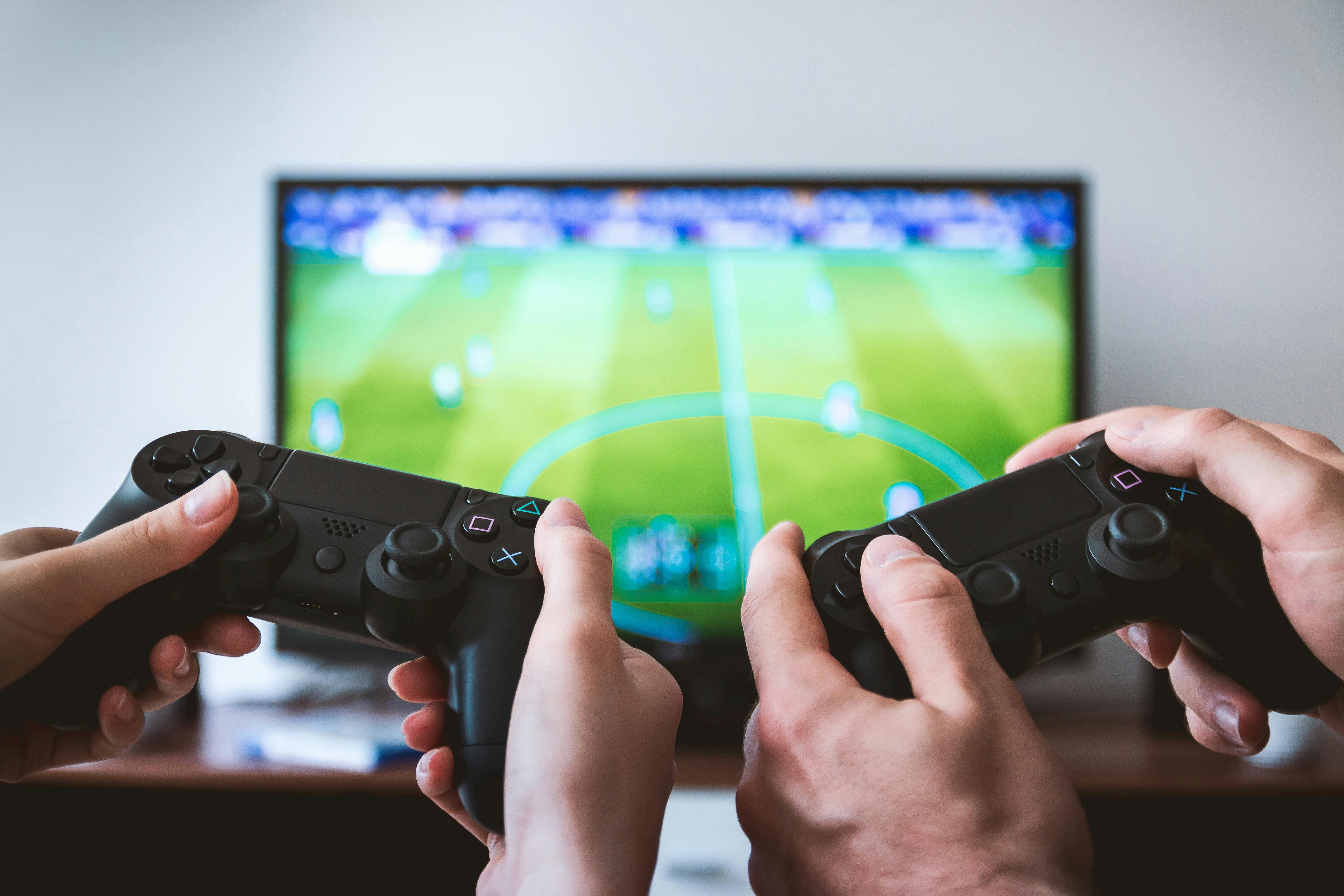Balancing Mechanics: Crafting Fair Competitive Modes for Online Play
Fair competitive modes require careful tuning of systems, player perception, and technical constraints. This article outlines practical approaches to balance interactive multiplayer environments across platforms, manage monetization and retention without harming fairness, and apply analytics, localization, and accessibility to create competitive modes players trust and enjoy.

Designing fair competitive modes for online play means aligning gameplay systems, technical performance, and player expectations. Balance is not a single adjustment but an ongoing process that combines measurable analytics, community input, and iterative tuning. Competitive fairness depends on transparent rules, consistent performance across platforms, and systems that discourage exploitative behavior while rewarding skill. This article breaks down practical considerations for interactive multiplayer design across mobile, console, and PC, and touches on indie and large-studio approaches, esports implications, and emerging platforms such as VR and AR.
How do interactive systems and multiplayer design affect balance?
Interactive mechanics and multiplayer systems determine how players engage and how balance manifests in play. Core systems—movement, hit detection, resource economy, and matchmaking—must be evaluated together because small changes can cascade. Designers should model interactions with clear failure states and measurable outcomes, then test with varied player skill levels. Use staged rollouts and sandbox servers to observe unintended emergent behaviors. Balancing is also about ensuring parity: when mechanics are symmetric, competition emphasizes skill and decision-making rather than hidden advantages.
How does platform (mobile, console, PC) impact balancing decisions?
Platform differences matter for control schemes, session length, and performance variability. Mobile players expect shorter matches, touch controls, and different retention patterns; console and PC players may accept deeper input complexity and longer sessions. Performance constraints—frame rate, latency, and input latency—can advantage or disadvantage players; balancing must compensate by tuning pacing, recoil patterns, or movement speed. Crossplay considerations require careful input parity and optional matchmaking filters so players face opponents with similar platform capabilities and expectations.
What balance challenges arise for indie, esports, VR, and AR projects?
Indie teams often have limited analytics and testing resources, so prioritizing core loop balance and clear feedback is essential. Esports-tailored titles need precision, deterministic rules, and spectator clarity; small imbalances can amplify at high skill levels and damage competitive integrity. VR and AR introduce spatial interactions and physical comfort considerations: balance must account for bodily limits, locomotion mechanics, and input fidelity. In all cases, consistent rules, transparent patch notes, and rigorous tournament testing help keep competitive modes fair and stable.
How do monetization, retention, and analytics inform balance?
Monetization models can unintentionally influence fairness if power is tied to paid progression. Maintain a separation between competitive advantage and cosmetic monetization. Retention metrics show whether balance changes improve long-term engagement; sudden drops after patches can signal perceived unfairness. Analytics provide objective measures—win rates by character, time-to-kill, matchmaking wait times—that inform tuning priorities. Use cohorts, A/B testing, and time-series analysis to identify regressions and balance drift without relying solely on anecdotal feedback.
How to handle localization, accessibility, and crossplay in competitive modes?
Localization ensures rules and UI are clearly understood across languages; ambiguous phrasing can create differing expectations that affect perceived fairness. Accessibility features—remappable inputs, colorblind options, and scalable UI—expand the competitive player base and must be balanced so they don’t create unintended mechanical advantages. Crossplay increases the pool for matchmaking but requires options that respect input differences and regional performance. Transparent settings and clear documentation help maintain trust when players transition between regions or platforms.
How do narrative, performance, and community influence long-term balance?
Narrative elements can shape player expectations about fairness—if a competitive mode ties into a story, designers should avoid mechanics that feel arbitrary. Performance optimization directly affects fairness: inconsistent frame rates or high jitter produce unequal conditions. Community feedback is vital for spotting edge cases and exploits; structured channels for bug reports, reproducible repros, and developer responses build credibility. Balancing should be an ongoing, data-informed dialogue between designers and players to sustain healthy competitive ecosystems.
Conclusion
Fair competitive modes combine technical consistency, clear systems, and ongoing analysis. Balancing requires platform-aware tuning, ethical monetization choices, inclusive design, and active use of analytics to detect and correct drift. When teams integrate community feedback, prioritize accessibility and localization, and maintain transparent rules, competitive online play becomes more reliable and rewarding for a broad range of players.





